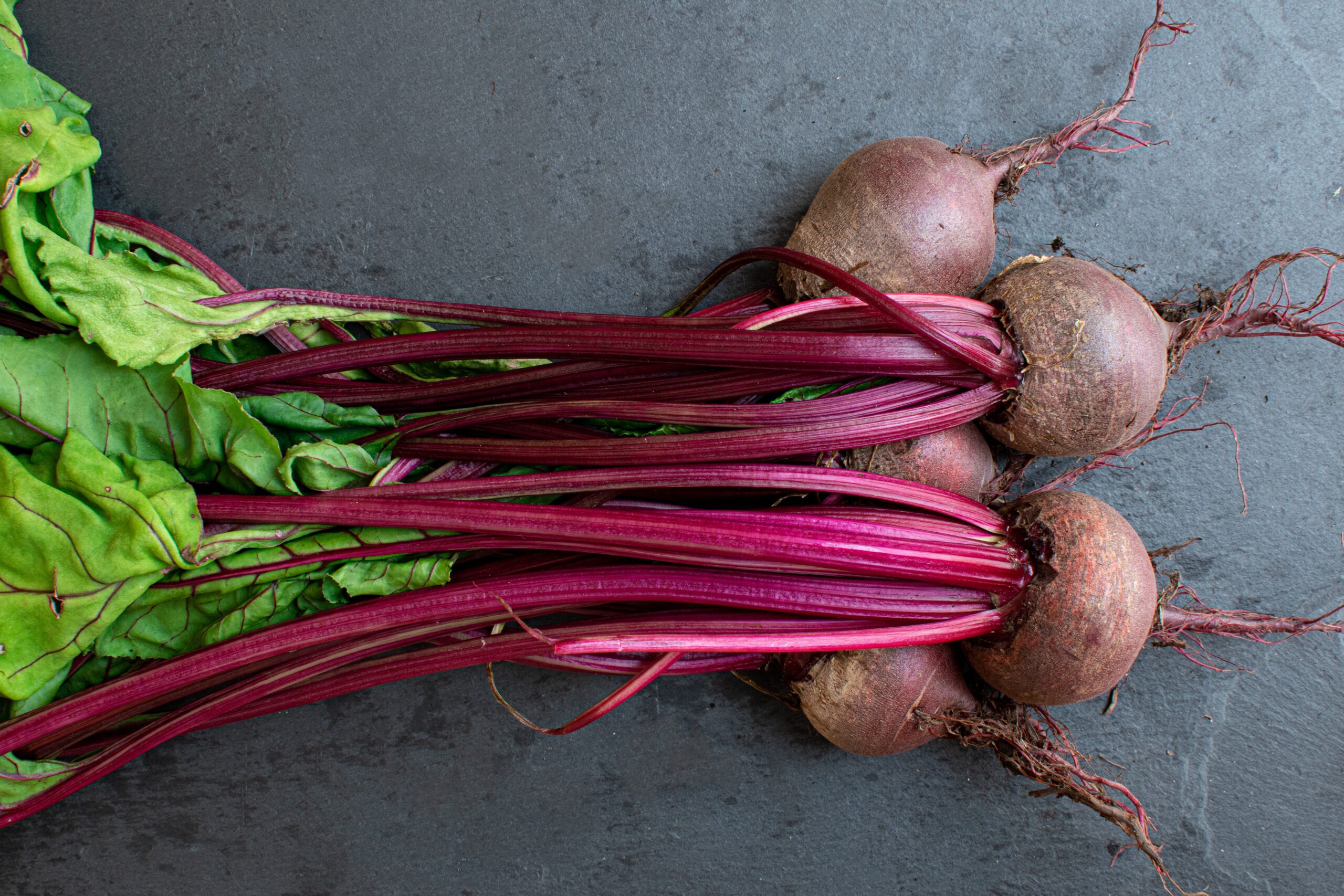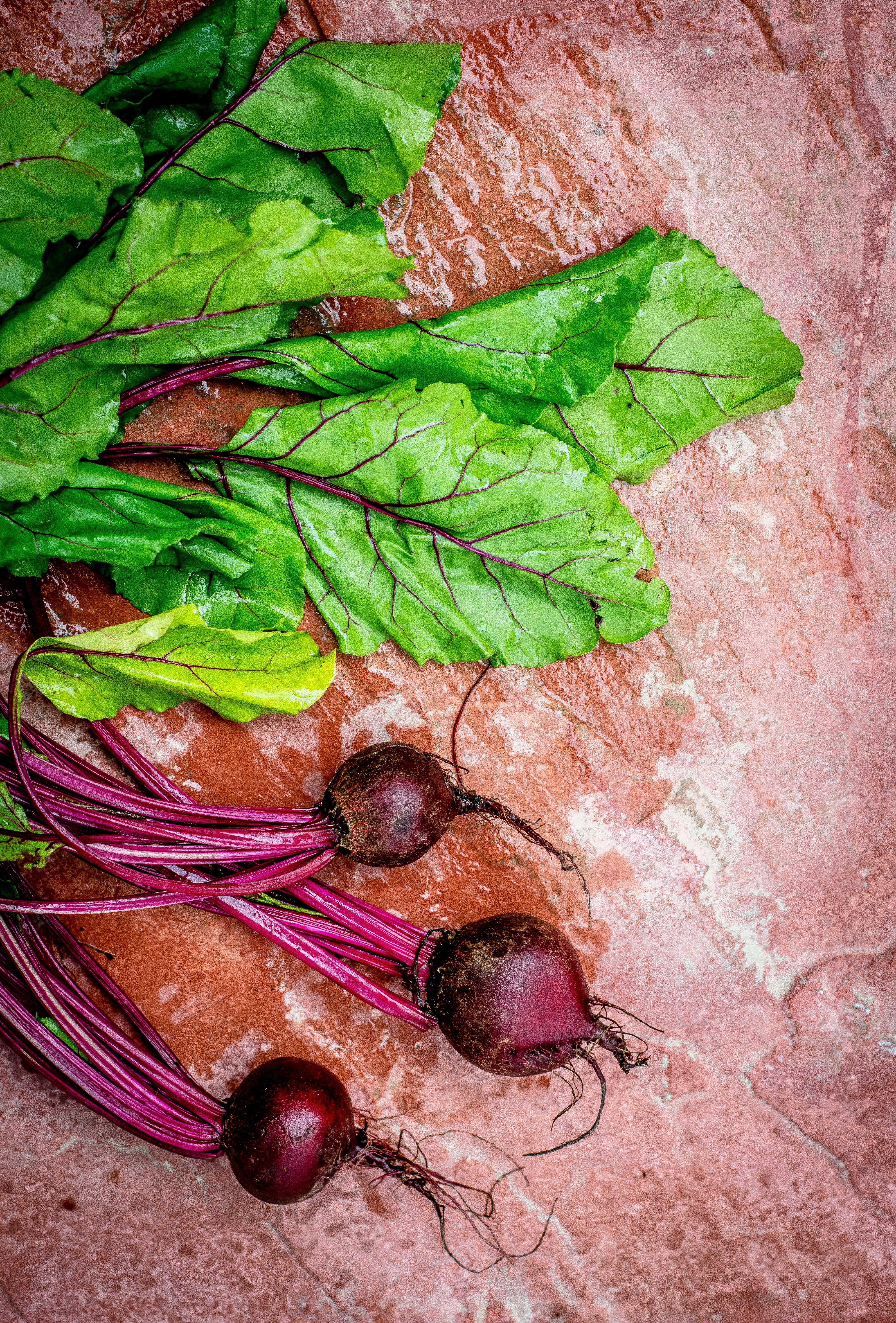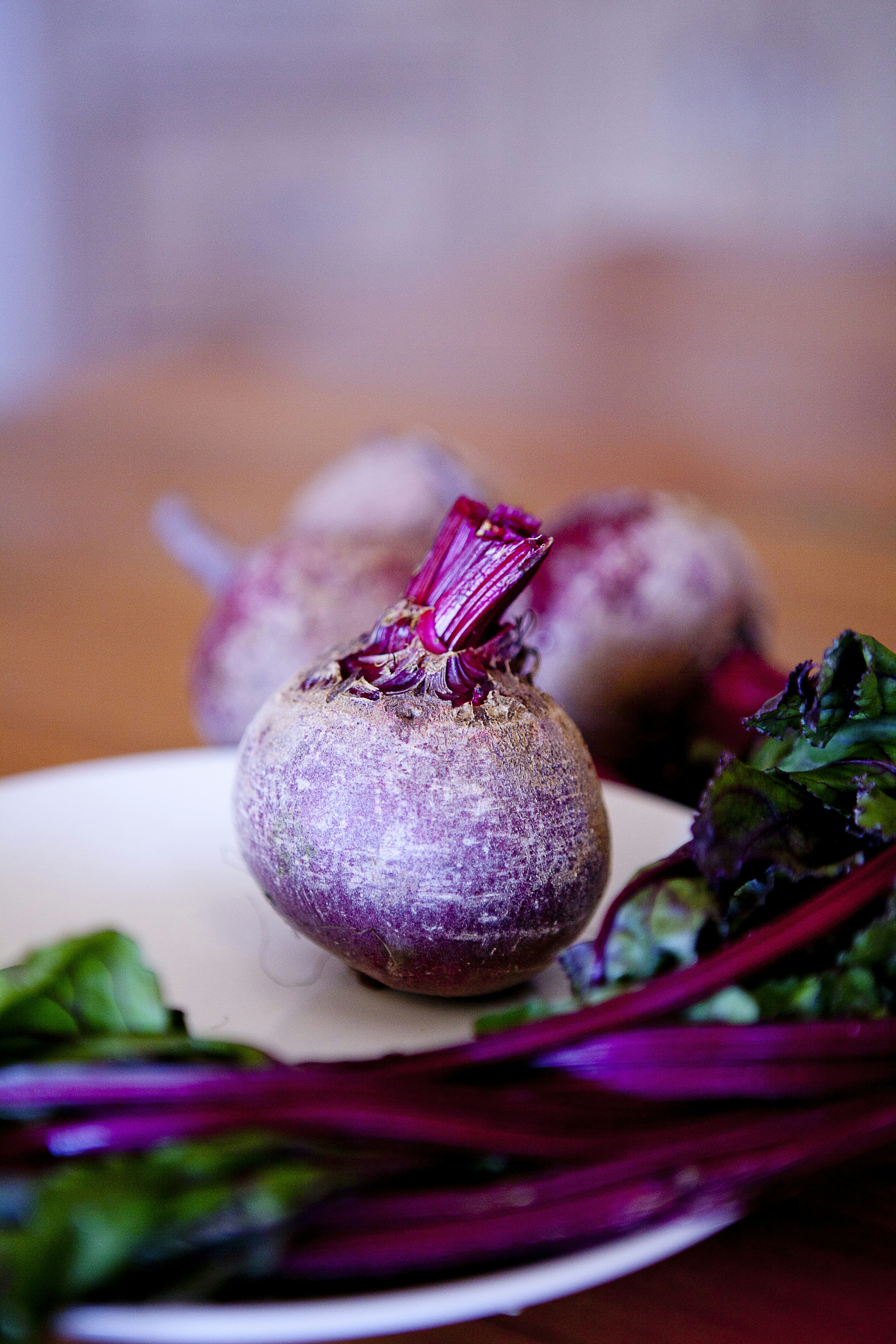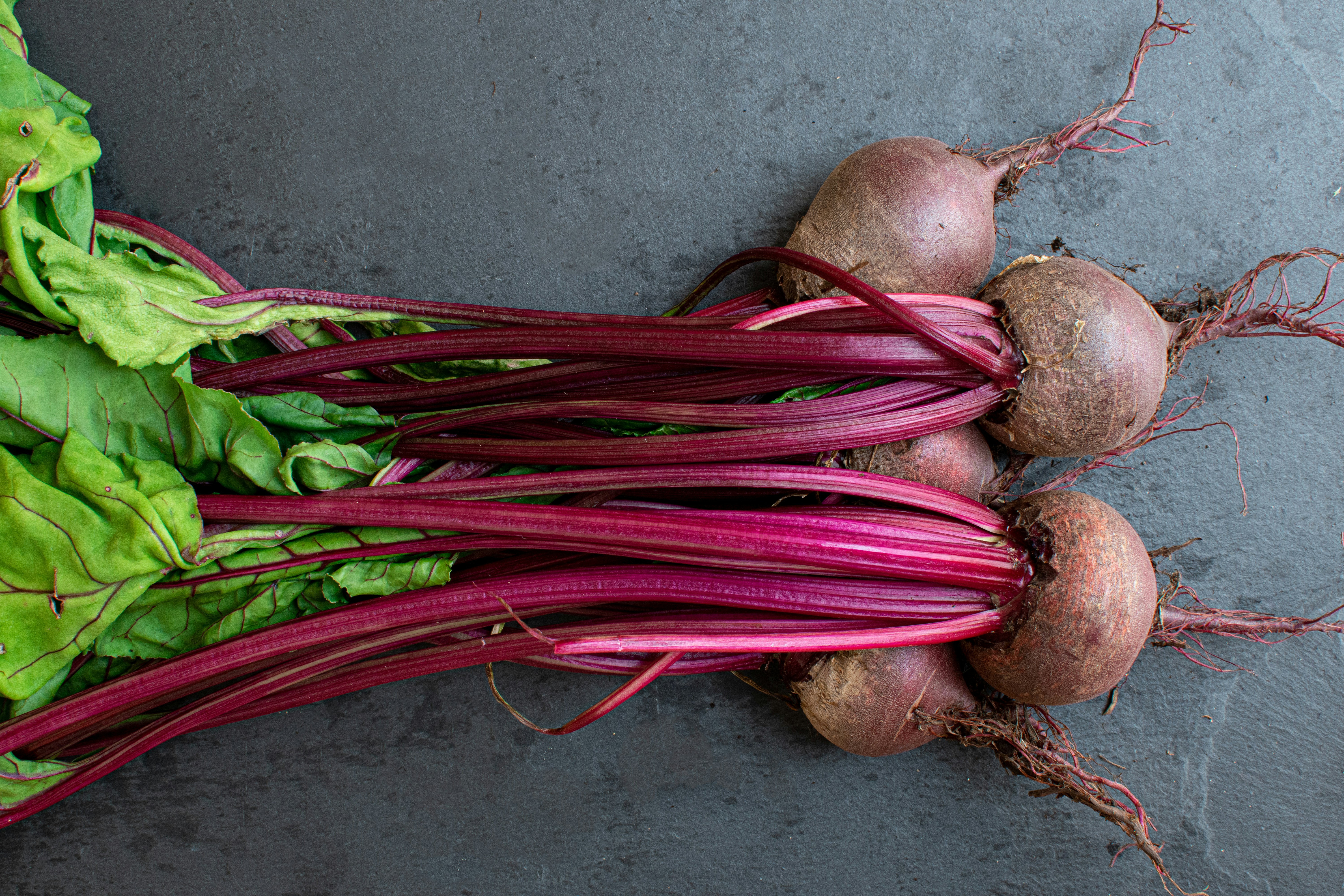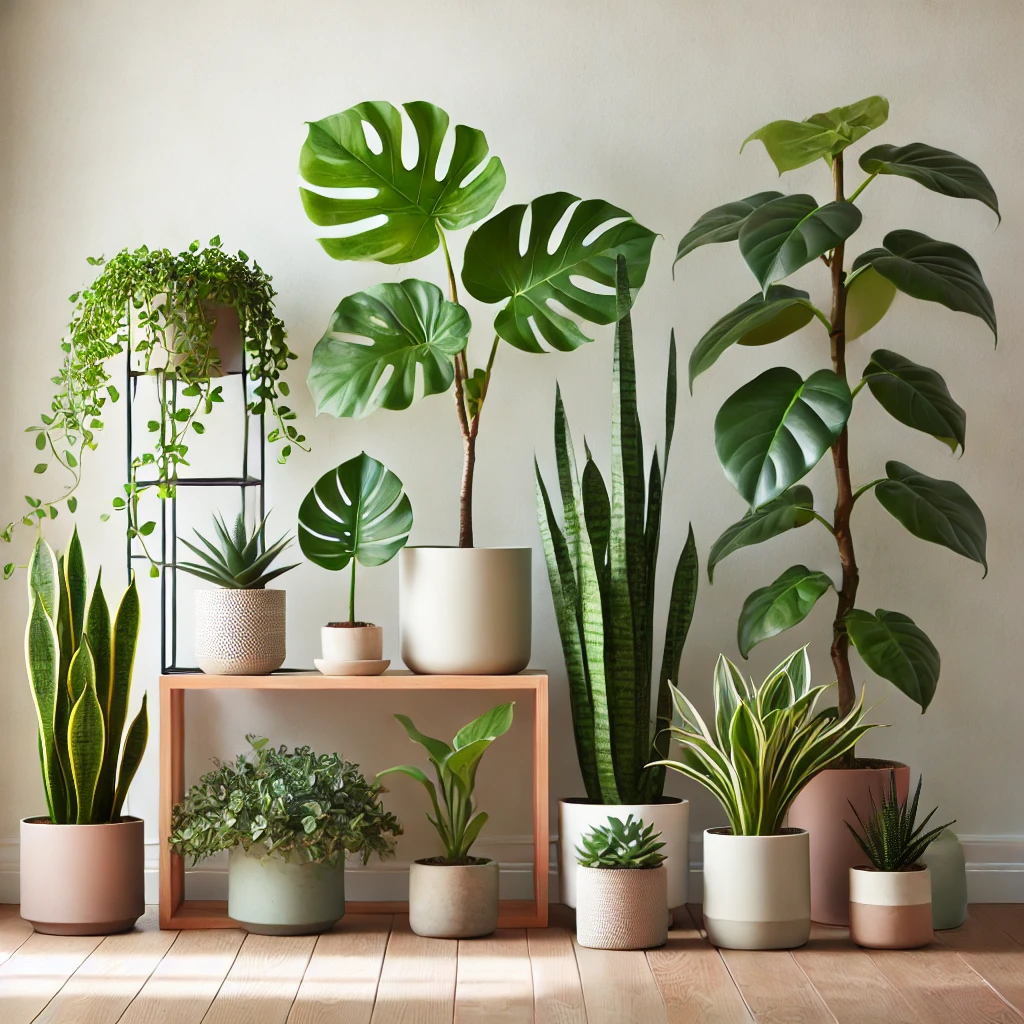If you’ve ever wondered how to cultivate your own delicious and nutritious beetroot, look no further. Our comprehensive guide on “How To Grow Beetroot” provides all the essential information and step-by-step instructions for growing your own vibrant and flavorful beets in your garden. From selecting the perfect seeds to caring for your plants throughout their growth cycle, this article covers everything you need to know to successfully cultivate your own beetroot crop. Get ready to embark on an exciting journey of gardening and enjoy the satisfaction of harvesting your very own homegrown beets.
Choosing the Right Beetroot Variety
When it comes to choosing the right beetroot variety for your garden, there are a few things to consider. First, think about the growth habit of the variety. Some varieties are known for their compact growth, making them ideal for smaller garden spaces or container gardening. Others have a more spreading growth habit, which may be better suited for larger garden beds.
Next, determine the purpose of growing beetroot. Are you looking to harvest small tender beetroots for salads, or are you interested in larger beetroots for cooking? Different varieties have different characteristics when it comes to size and texture, so it’s important to choose a variety that meets your specific needs.
Lastly, check the color and flavor preferences. Beetroot varieties come in a range of colors, from the classic deep red to vibrant golden and even striped varieties. The flavor can also vary, with some varieties being sweeter or more earthy than others. Consider your personal preferences and choose a variety that suits your taste.
Preparing the Soil
Before planting beetroot, it’s important to prepare the soil to ensure optimal growth and productivity. Start by testing the soil pH and fertility. Beetroot prefers a slightly acidic soil with a pH range of 6.0 to 7.5. If the pH is too high or too low, you can make adjustments using soil amendments such as lime or sulfur.
Once you’ve determined the pH, clear the area of any weeds and debris. Weeds can compete with the beetroot for nutrients and water, so it’s important to remove them before planting. Clearing the area also allows for better air circulation and helps prevent the spread of diseases.
To improve the soil structure, add organic matter such as well-rotted compost or aged manure. This will help improve drainage in heavy soils and increase water-retaining capabilities in sandy soils. Work the organic matter into the soil to a depth of about 6 inches, ensuring it is evenly distributed.
Sowing Beetroot Seeds
When it comes to sowing beetroot seeds, you have two options: sowing directly into the ground or starting them indoors and transplanting later. If you choose to sow directly, make sure the soil temperature is consistently above 50°F (10°C) for optimal germination.
To determine the appropriate planting time, consider the average last frost date in your area. Beetroot seeds can be sown as soon as the soil can be worked in the spring. Keep in mind that beetroot is a cool-season crop and does best in temperatures between 50°F and 75°F (10°C to 24°C).
Prepare the seedbed by raking the soil to create a fine, level surface. Make shallow furrows about 1/2 inch deep and 12 inches apart. Place the beetroot seeds in the furrows, spacing them about 1 inch apart. Cover the seeds with soil and gently firm it down.
Planting Beetroot Seedlings
If you choose to start beetroot seedlings indoors, it’s important to harden them off prior to planting. This involves gradually exposing the seedlings to outdoor conditions over a period of one to two weeks. Start by placing them outside in a sheltered location for a few hours each day, gradually increasing the time and exposure to sunlight.
When planting beetroot seedlings, dig planting holes that are deep enough to accommodate the entire root system. Space the plants about 3 to 4 inches apart, allowing enough room for the roots to grow. Firm the soil gently around the seedlings and water thoroughly.
Handle the seedlings carefully during transplanting to avoid damaging the delicate roots. Hold them by the leaves rather than the stem, as the stem is susceptible to breaking. Plant the seedlings at the same depth that they were growing in the containers or seed trays.
Providing Adequate Water
Beetroot plants require consistent and even watering throughout their growing season. Watering should be done at a rate of about 1 inch per week, either through rainfall or irrigation. Be sure to water deeply, ensuring that the moisture reaches the root zone.
Avoid overwatering, as this can lead to rot and other diseases. Beets prefer moist soil but not waterlogged conditions. To help retain moisture and reduce weed growth, mulch around the plants with straw, grass clippings, or wood chips. Mulching also helps regulate soil temperature and prevents soil compaction.
Fertilizing Beetroot Plants
To ensure healthy growth and high-quality beetroots, it’s important to provide adequate fertilization. Before planting, apply a balanced fertilizer with equal amounts of nitrogen, phosphorus, and potassium. This will help establish strong plants and promote root development.
During the growing season, side-dress the beetroot plants with a nitrogen fertilizer to encourage leafy growth and promote nutrient uptake. Apply the fertilizer in a band along the rows, keeping it about 3 inches away from the plants. Water the area thoroughly after applying the fertilizer to help it dissolve and reach the root zone.
Additionally, supplement with phosphorus and potassium as needed, especially if soil tests indicate deficiencies. These nutrients are important for flower and fruit production, as well as overall plant health. Follow the instructions on the fertilizer packaging for application rates and timing.
Managing and Controlling Pests
While beetroot is generally a low-maintenance crop, it can still be susceptible to certain pests. Common beetroot pests include aphids, flea beetles, and root maggots. To manage and control these pests, it’s important to implement cultural practices that discourage infestations.
One effective cultural practice is crop rotation. By avoiding planting beetroot in the same location year after year, you can help disrupt the lifecycle of pests and reduce their populations. Rotate with unrelated crops such as legumes or brassicas to reap the benefits of natural pest control.
If pest populations become too high and cultural practices are not sufficient, you may need to resort to organic or chemical pesticides. It’s important to follow the instructions on the pesticide packaging and apply them only as directed. Always consider environmentally friendly options and use pesticides as a last resort.
Preventing Diseases
Beetroot plants can be susceptible to various diseases, including fungal and bacterial infections. Common beetroot diseases include leaf spot, downy mildew, and root rot. To prevent these diseases, it’s important to recognize their symptoms and take appropriate measures.
Practicing crop rotation is beneficial not only for pest control but also for disease prevention. Avoid planting beetroots in the same area each year, as this can allow diseases to build up in the soil. Rotate with crops from different plant families to break the disease cycle.
Ensuring good air circulation around the plants is also important for preventing fungal diseases. Avoid overcrowding the beetroot plants and space them accordingly to allow for proper airflow. Remove any dead or diseased plant material promptly to minimize the risk of spreading diseases.
Harvesting Beetroot
The time to harvest your beetroot will depend on the variety you have chosen and your desired size. Generally, beetroots can be harvested when they reach a diameter of 1 to 3 inches. To monitor the size and maturity, gently unearth a couple of beetroots to check their progress.
Before pulling out the beetroots from the soil, it’s important to loosen it around the plants. This can be done using a garden fork or a trowel. Be careful not to damage the roots or the skin of the beetroots during this process.
Once the beetroots are harvested, remove the leaves from the root. Leaving the leaves attached can cause the beetroots to lose moisture and become soft. Store the harvested beets in a cool and dark place to prolong their shelf life. They can be stored for several weeks if stored properly.
Utilizing Beetroot Leaves
While beetroots are prized for their vibrant roots, the leaves of the plant are also edible and highly nutritious. Harvesting beetroot leaves allows you to enjoy an additional crop from your garden and make the most of the entire plant.
To harvest beetroot leaves, simply cut them off at the base of the stem using a sharp knife or scissors. Select young and tender leaves for the best flavor and texture. The leaves can be used in a variety of culinary dishes, including salads, stir-fries, and soups.
Explore different recipe options to find your favorite way of preparing beetroot leaves. They can be sautéed with garlic and olive oil, added to smoothies for a nutritious boost, or used as a base for pesto. Get creative and experiment with different flavors and combinations.
When not using the beetroot leaves immediately, store them in a plastic bag or airtight container in the refrigerator. They can stay fresh for up to a week when stored properly. If you have an excess supply, consider preserving them by blanching and freezing for later use.
In conclusion, growing beetroot can be a rewarding experience, whether you’re a seasoned gardener or just starting out. By choosing the right variety, preparing the soil, sowing seeds or planting seedlings, and providing adequate care, you can enjoy a bountiful harvest of these nutritious and vibrant root crops. Don’t forget to utilize the edible beetroot leaves for added culinary enjoyment. Happy growing!

